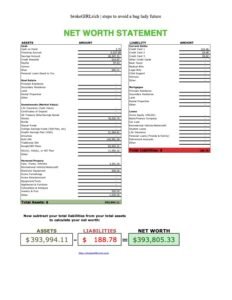
Managing Tax Season: My Effective Approach
Tax season has rolled around once more, and I think it’s the perfect time to share how I manage my taxes each year. While taxes are often seen as a chore, having a well-structured system significantly reduces the stress involved.
This year, like many others, I’m dealing with a mix of 1099s and W-2s. However, nothing can rival the year I worked with Ringling Brothers, which turned into a tax nightmare. That year, I had W-2s coming in from 26 different states. Imagine the chaos! It was then that I understood the value of seeking help from a tax professional to regain control of my situation.
Nonetheless, even if you enlist the help of a tax pro, establishing a solid system to track all your deductions against 1099 income remains crucial. The IRS keeps things straightforward with their criteria: deductions should be “ordinary, reasonable, and necessary.” But truthfully, if you’re in the arts, there are many expenses that could potentially fit that description. For example, if your work requires you to lift 50 lbs regularly, shouldn’t a gym membership be considered a necessary expense? Spoiler alert: it isn’t. But I digress.
Today, my goal isn’t to debate what you can claim; it’s to share how I organize my deductions. I’ve developed a four-tier system that works wonders for me. Let’s get started.
Tracking Expenses with Excel
To start, I utilize an Excel spreadsheet to monitor everything. Each deduction category has its own tab—such as meals, tools, education, office rent, fees, retirement contributions, and health insurance. Whenever I log an expense, I take notes about it in case I need to justify why it meets the “ordinary, reasonable, and necessary” criteria. For instance, if I’m claiming an educational expense, I specify the reasoning behind that purchase, even if it’s not blatantly obvious from the receipt. Once all expenses are documented, I use a formula to compile the totals from all tabs onto a main summary sheet. That’s likely what your tax preparer will be interested in, since they aren’t particularly concerned about justifications unless you’re audited.
Handling Digital and Physical Receipts
When it comes to digital receipts, I have a clear system. They’re saved in a Google Mail folder titled “Taxes 20XX,” making them easy to access when needed. For physical receipts, I take photos and upload them to a Dropbox folder with the same title: “Taxes 20XX.” The physical copies are stored in a coupon organizer, which is also arranged by the categories in my Excel spreadsheet. It might be a bit of a paper trail, but it functions well.
Tour Tips for Receipt Management
Here’s a handy tip for when I’m on tour: I keep all my receipts in one designated location—the laptop pocket of my backpack. Yes, it might sound odd, but it’s a lifesaver. This way, when it’s time to organize everything, I don’t need to rummage through various pockets, bags, and purses. Everything is conveniently in one spot, ready to organize.
I acknowledge that my method isn’t the flashiest or most high-tech, but this system has kept me organized for over ten years. In reality, that’s what matters most—it helps me stay on top of my responsibilities when tax season arrives.
What Works for You?
So, what systems or tools do you employ to keep track of your taxes?







